One of the most difficult natural disasters to combat is an earthquake and its resulting tsunami. When these events happen, the world generally only has minutes to react. Although we hope to be prepared, sometimes Mother Nature has her way, and we have to go along for the ride. In the case of the 2011 Japanese tsunami, this is precisely what happened.
Background
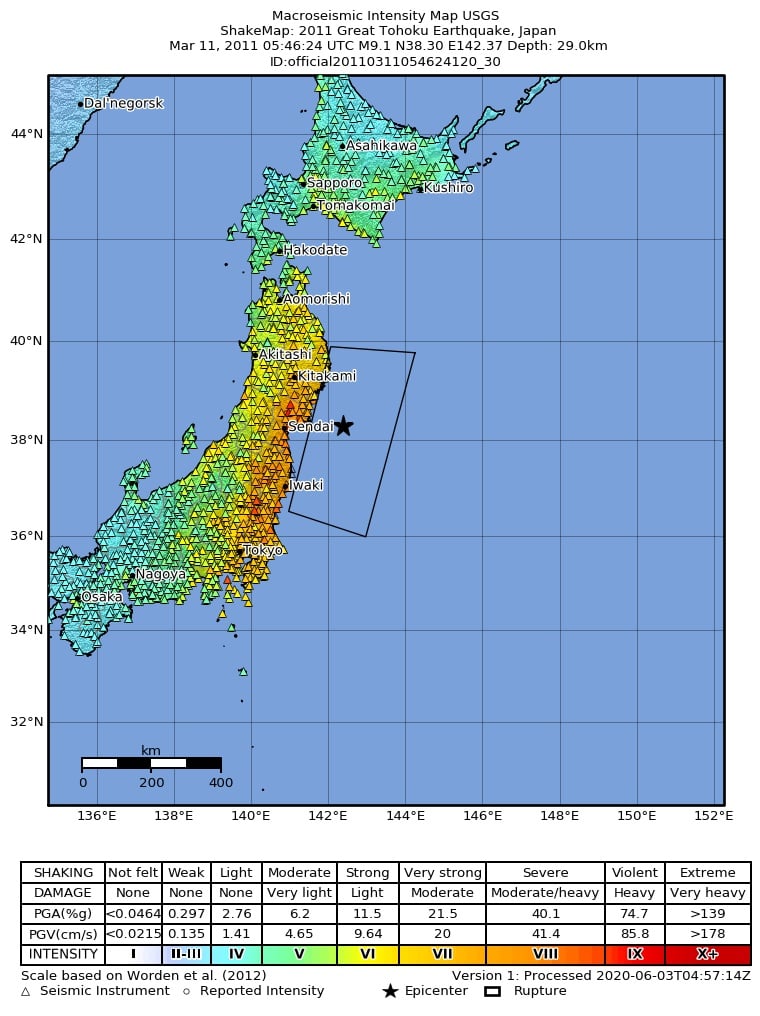
The earthquake occurred on March 11, 2011, at 2:46 PM JST in the Pacific Ocean, approximately 45 miles from the Oshika Peninsula in the Tohoku region of Japan. Looking back on the event today, the day is known as 3.11 and is sometimes referred to as the “Great East Japan Earthquake.”
Setting the Scene

The most powerful earthquake ever recorded in Japan and the world’s fourth most powerful earthquake since 1900, the world immediately feared what a tsunami would look like. Lasting over six minutes, the earthquake’s tremors were felt for hundreds of miles. Power outages and structural damage were immediate, and tsunami warnings were issued within minutes.
Tsunami Formation

As tsunami warnings were issued as quickly as possible, the Sendai area, one of the hardest hit, received only 8-10 minutes of warning. Moving as fast as a fighter jet, the tsunami wave hit speeds of 435 miles per hour and reached up to 133 feet high while moving closer to the Japanese islands. The first waves started hitting the Japanese coastline around 30 minutes after the first tremor.
Tsunami Rating

According to the Japanese Meteorological Agency, the forming tsunami was rated as a “major tsunami” as the waves were over 9.8 feet tall. The Miyagi area of Japan had a wave rating of 20 feet, and the total coverage area for the tsunami making landfall was around 217 square miles.
Coastal Areas
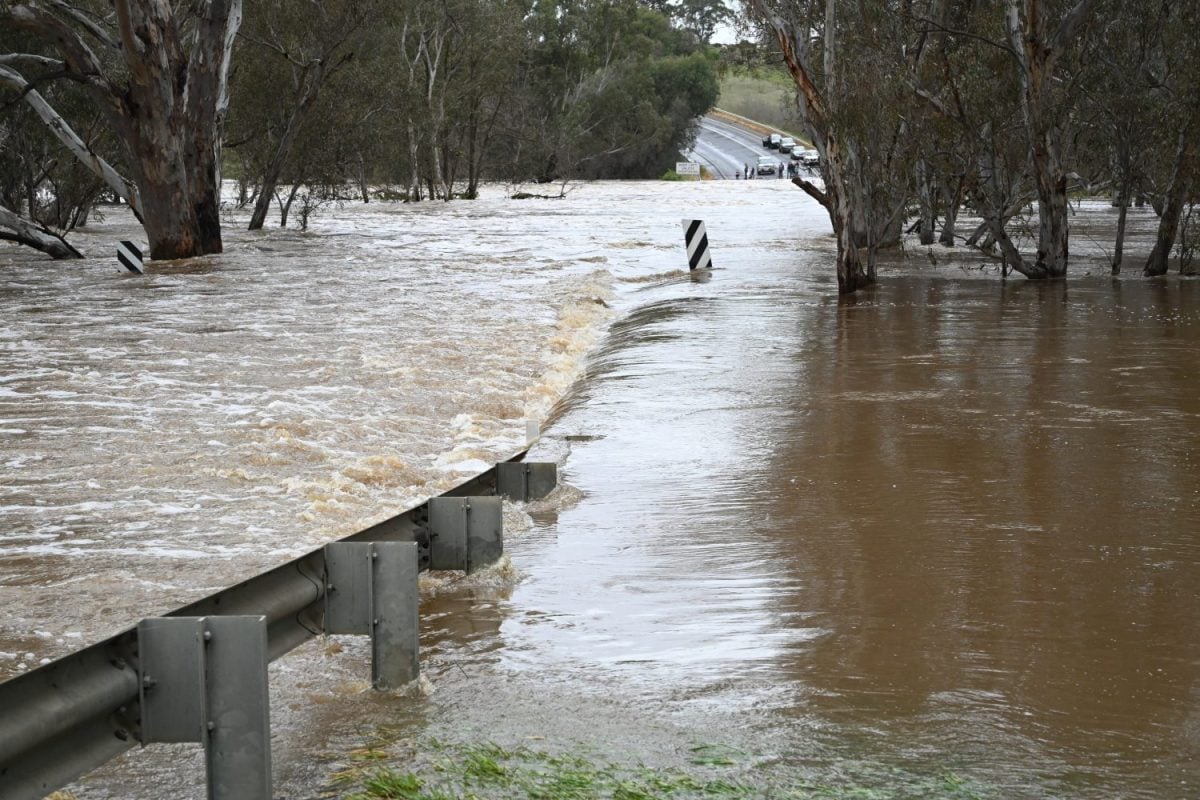
There is no question that coastal areas of Japan were under immediate threat. Sendai and Ishinomaki were the two hardest-hit locations. One of the most famous scenes is the tsunami flooding the Sendai Airport approximately three hours after the earthquake. The wave struck at least 101 designated tsunami evacuation sites in Sendai.
Aftershocks
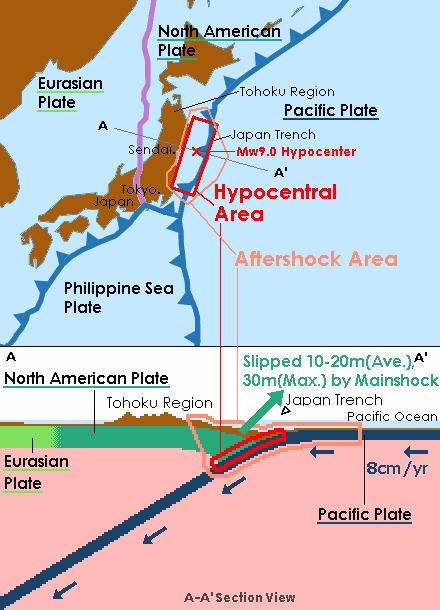
At least 1,000 aftershocks were reported in the days, weeks, and months after the March 11 earthquake. On December 7, 2012, an aftershock caused another minor tsunami, and the same happened again on October 26, 2013, when another aftershock related to the initial 2011 earthquake was recorded.
Death Toll
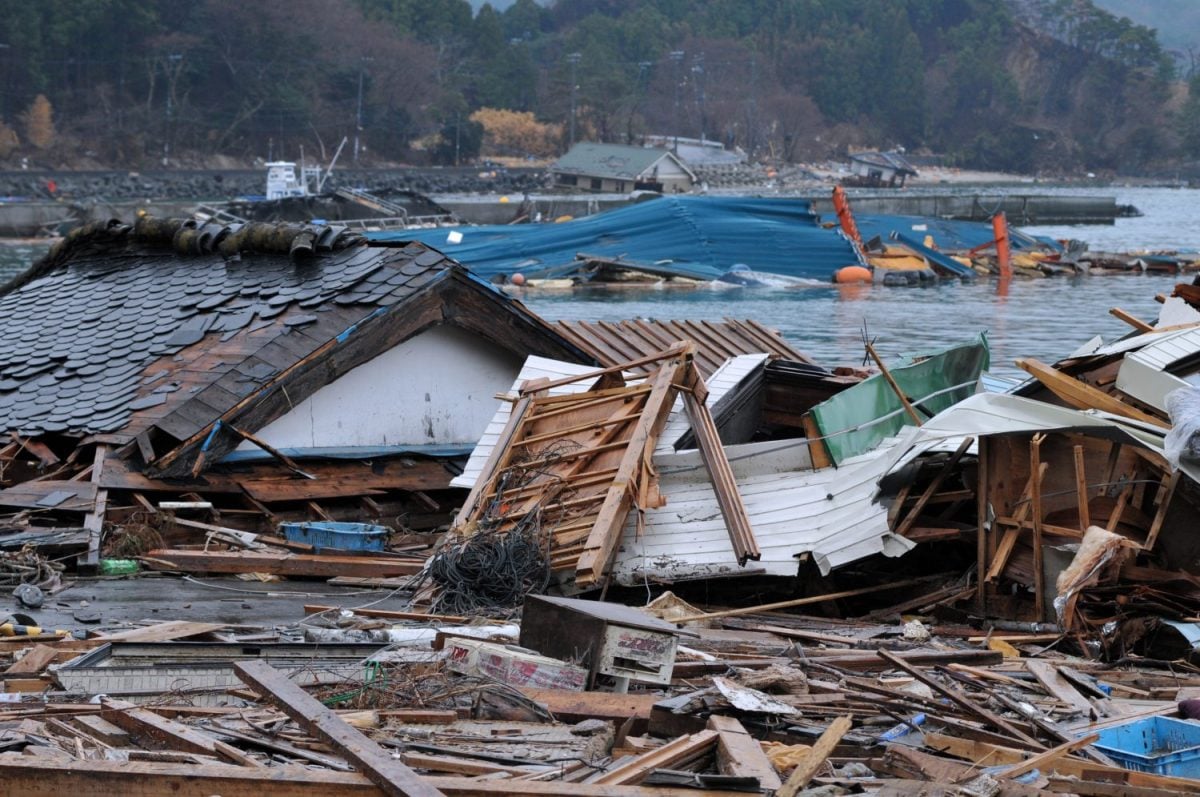
After releasing updated figures in 2021, 10 years after the earthquake, Japan reported that the earthquake resulted in 19,759 deaths. In addition, at least 6,242 people were injured, and 2,553 people were still considered missing. A 2015 report noted that 228,863 people were still living in temporary homes or had been permanently relocated due to the damage.
International Tsunami Warnings

As reports of the earthquake quickly spread, the Pacific Tsunami Warning Center in Hawaii quickly issued warnings covering the entire Pacific Ocean area. Russia evacuated at least 11,000 residents from the Kuril Islands, while the Philippines saw waves of around 2 feet high hit the eastern coastlines of the country. Surges were also reported in Peru, Chile, Mexico, and the Galapagos Islands, though no damage was reported.
Damage
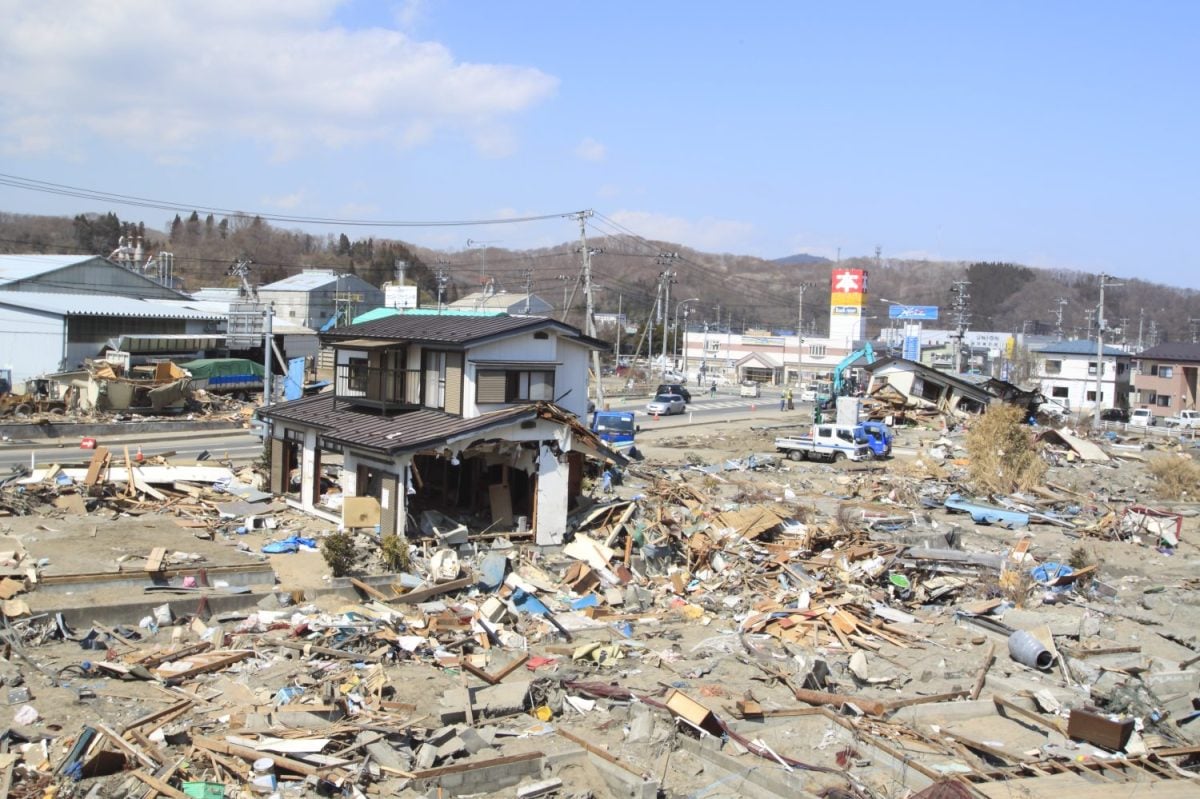
Even though Japan had invested billions in anti-tsunami sea walls covering around 40% of its coastline, the height of this tsunami in 2011 washed right over these barriers. As a result, at least 45,700 buildings were destroyed, and 144,300 were damaged. Approximately 25 million tons of rubble and debris were gathered from the destruction.
Nuclear Power Plants
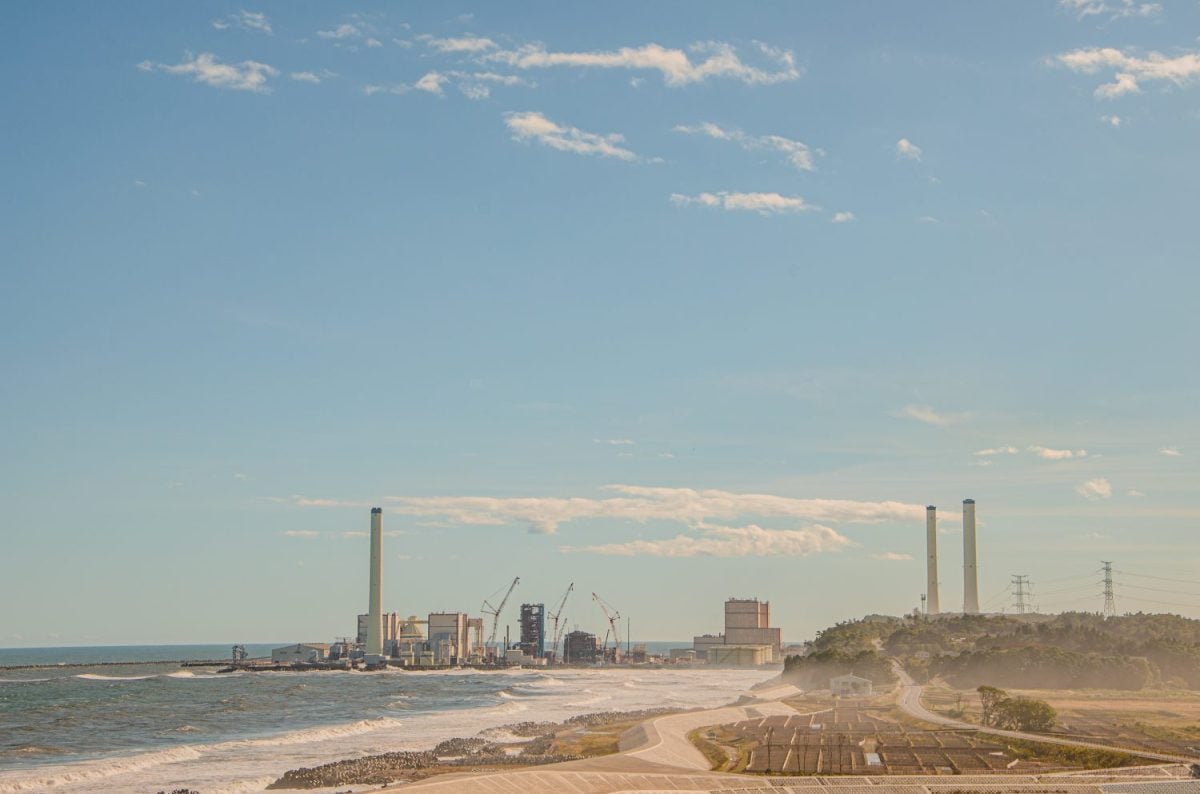
One of the most famous incidents resulting from the tsunami was the meltdown of the Fukushima Daiichi Nuclear Power Plant. With radiation levels inside the plant up to 1,000 times past normal levels, it’s believed the disaster was worse than the Three Mile Island incident in New York. It’s rated as the worst nuclear disaster since Chernobyl in 1986.
The image featured at the top of this post is ©mTaira/Shutterstock.com.








